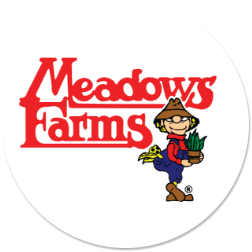
A fruit tree in your landscape is an investment that will pay dividends for years to come. Once you allow a fruit tree to become established, it will provide a bountiful harvest of your favorite fruits that are fresher and so much sweeter than anything you can find in your local supermarket. This series of posts will showcase just some of the varieties we carry in our stores.
Pears
Pears are long-lived and attractive trees. Selected varieties produce great fruit with very few management problems. Three basic types of or pears grown in the United States are European, or French pears, Oriental hybrids, and Asian pears. The Asian pear, often termed “apple-pear” is gaining increased popularity in the U.S. because of it’s unique fruit and apple-like texture.
Pear are not self-fruiting and will need an additional variety for pollination. Plant standard pear trees 20 feet apart and dwarf trees 12 feet apart. Asian pears will often have fruit the first year and are the easiest tree fruit to grow.

